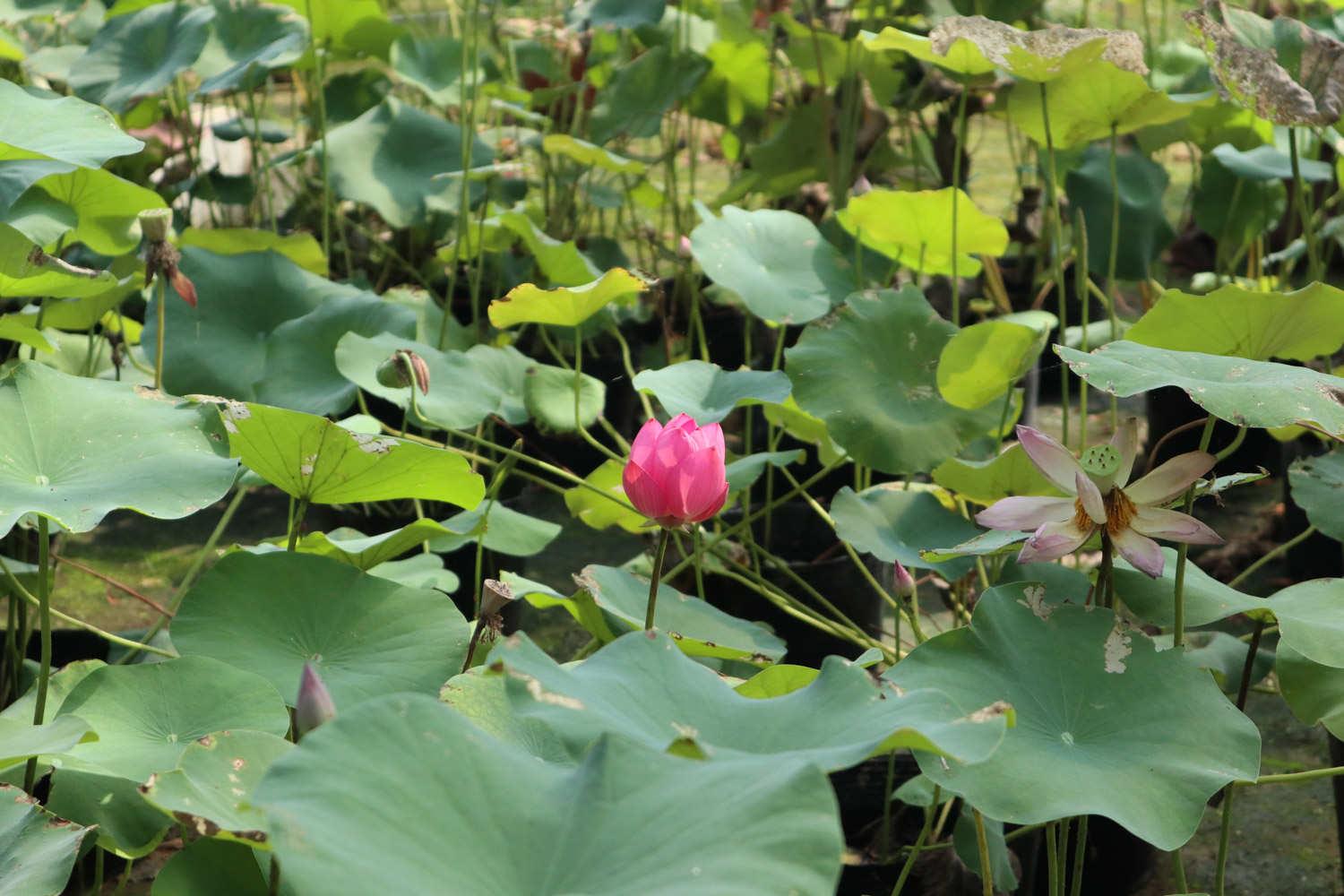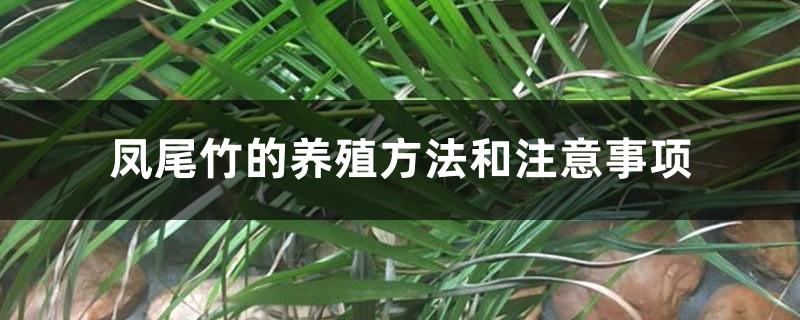Lotus cultivation methods and precautions
Last Update :2024.06.14
Article Catalog
Cultivation soil: Planting lotus requires abundant pond mud or rice field mud as cultivation soil. Temperature: The optimum temperature for lotus growth is 22-35°C. Lighting: Requires sufficient sunlight, at least 7 hours a day. Fertilization: Lotus likes fertilizer, but if you apply too much fertilizer it will burn it, so apply it lightly and frequently.

1. Soil
1. Soil
Lotus requires abundant pond mud or rice field mud as cultivation soil, and industrial contaminated soil must not be used.
2. Temperature
Lotus has strict temperature requirements. It will germinate when the temperature is 8-10℃, and the lotus roots will grow at 14℃; in the early stage, the sowing temperature needs to be above 15℃ , otherwise it will grow very slowly. High temperatures in summer are not conducive to its growth and development. The optimal temperature for lotus growth is 22-35°C.

3. Light
It needs Receive sufficient sunlight, at least 7 hours a day, to promote the growth of more flower buds. Do not grow it in a dark environment, as it can easily shorten the flowering period or even prevent it from blooming. It is best to cultivate lotus in the open air. It can be placed in the courtyard or balcony, as long as it is a place with good sunlight.
4. Fertilization
Lotus likes fertilizer, but if you apply too much fertilizer, it will burn it, so apply it lightly and frequently. The amount of fertilizer should be appropriately increased in summer because summer is the flowering period of lotus. Observing that the lotus leaves are very yellow and have no disease spots, it means that they are in a state of lack of nutrients and should be fertilized in time, about once every 15-20 days.

5. Precautions
1 2. Diseases: Lotus may suffer from rot diseases and leaf blight, but they are not very serious. Once discovered, spray them with chemicals in time.
2. Insect pests: aphids, large moths, etc. may appear. Diseased leaves must be caught and removed in time, weeds should be removed as soon as possible, and appropriate disinfection treatment should be carried out.

2. Temperature
3. Lighting
4. Fertilization
5. Things to note
- END -
The Difference Between Calla Lily and Alocasia

They are both of the same subject, both are perennial and can stay green all year ...
Methods and precautions for cultivating phoenix bamboo

Temperature: Likes warmth, but has poor cold tolerance. Light: Prefers semi-shade....